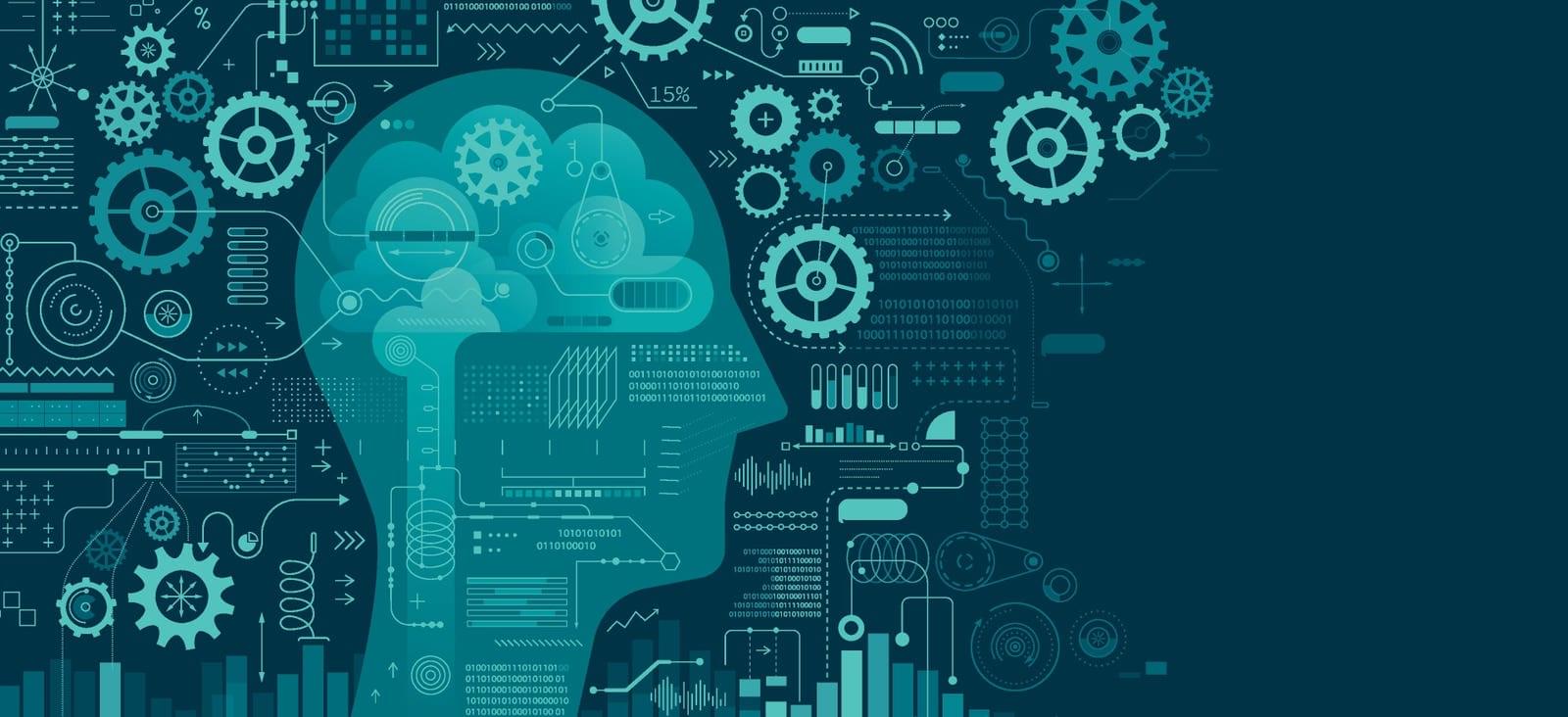A research team led by Prof. Chang Hong from the National Time Service Center (NTSC) of the Chinese Academy of Sciences (CAS) has developed a strontium optical lattice clock with both frequency stability and systematic uncertainty surpassing 2×10-18. This achievement places China among the global leaders in the field of optical lattice clock development.
The breakthrough aligns with the roadmap set by the 27th General Conference on Weights and Measures (CGPM) in 2022, which proposed redefining the SI unit of time—the second—by 2030. The resolution outlined rigorous performance benchmarks for next-generation optical clocks.
Strontium optical lattice clocks, known for their exceptional precision, have emerged as the most promising candidates for the redefinition, offering systematic uncertainties two orders of magnitude lower than those of the current cesium fountain clocks.








